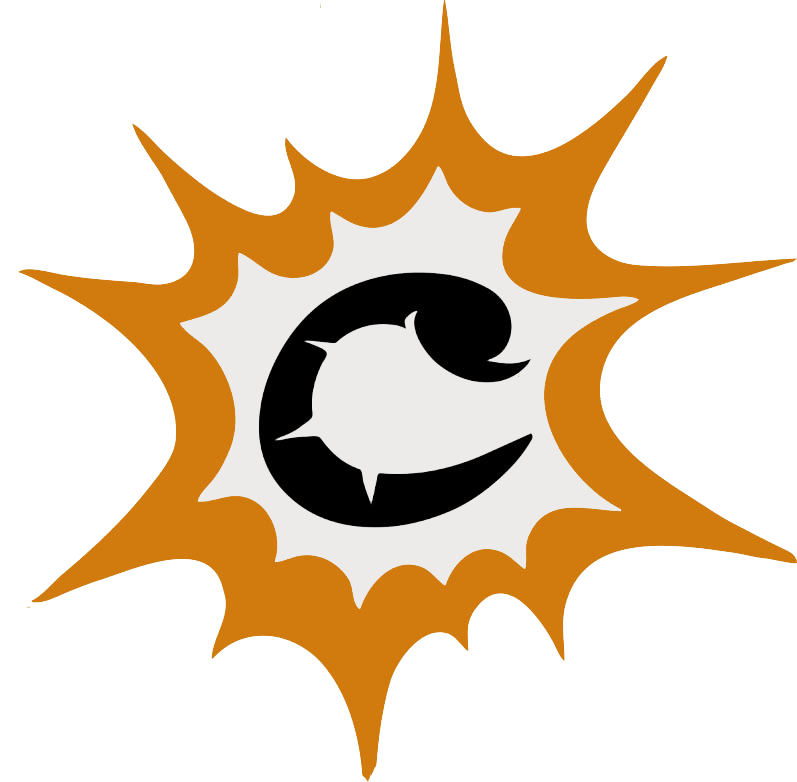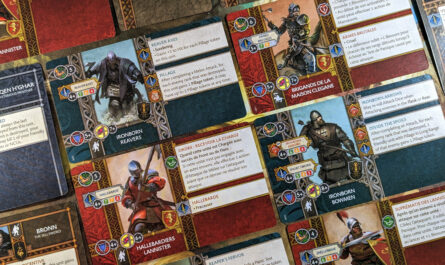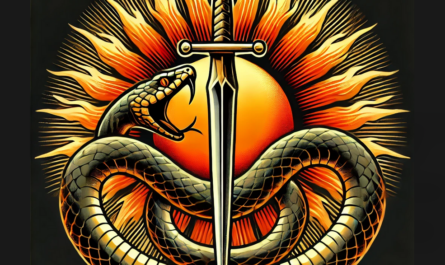In A Song of Ice and Fire, brute force isn’t enough — you also need to hit the right spot at the right time. The tactical board is the art of winning a battle without moving a single soldier… or almost. In Season 6, this small board turns into a true strategic minefield. Handle with care.
A unique mechanic in miniature wargaming
The tactical board is an innovation unique to A Song of Ice and Fire. In a hobby often focused on the physical battlefield, it introduces a second theater of operations: the shadow war — political scheming, influence games, and distant support actions.
Divided into five zones, the board allows NCUs to influence the course of the game when activated by players. Each zone grants an immediate effect — healing, a free maneuver, an extra attack, card draw, or a forced panic test.
The choice of which zone to occupy is never neutral. It depends on the tempo of the match, your overall plan, and the opportunity to deny your opponent access to key effects.
This mechanic turns the tactical board into a true battlefield — one where players strike not with swords, but with carefully calculated decisions.
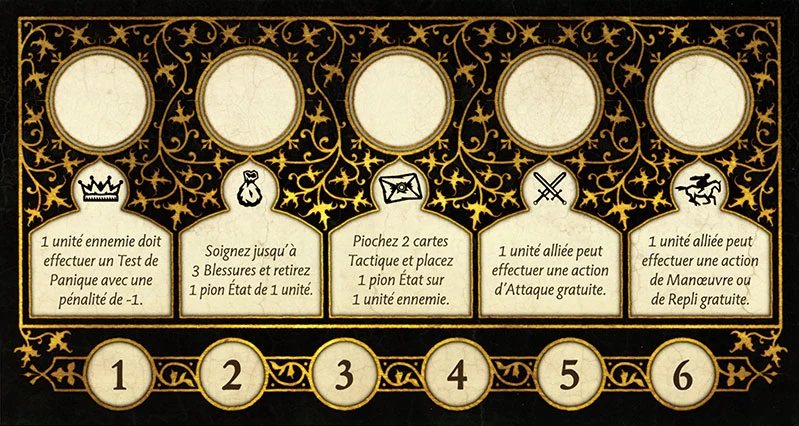
Timing and control: the art of proper activation
The limitation of each zone to a single use per round makes the tactical board especially strategic.
The first player to activate an NCU gains priority access to the most useful zone — but also risks revealing their intentions. Conversely, waiting allows you to react to your opponent’s moves, but at the cost of possibly losing access to key zones.
This tension creates a constant battle for control: the best players don’t just use the board — they dominate it, denying their opponent access. Factions like Martell or Targaryen (with highly active NCUs) exploit this dynamic to perfection.
In Season 6, the effects are clearer, better balanced, and the competition over the Board is fiercer than ever.
Influence and interaction: the power of NCUs
Some NCUs possess an ability called “Influence,” which allows them, when activated, to temporarily attach their card to a unit (friendly or enemy). This influence remains active until the end of the round. The effects vary: extra rerolls, enemy penalties, restrictions on playing certain tactics cards, or conditional bonuses.
In some cases, this influence completely changes the flow of combat. For example, a Lannister NCU may prevent an enemy unit from benefiting from its strong morale, while a Stark NCU might boost an allied unit’s speed or strength at a critical moment.
These mechanics add a layer of subtlety: it’s no longer just about occupying a zone, but gaining a double effect — a board bonus plus an influence effect.
This makes NCUs central pieces of the strategic puzzle — often more impactful than a cavalry charge or a pike regiment. Some commanders even see their entire playstyle transformed depending on which NCUs they bring to battle.
Scenarios and adapting the tactical board
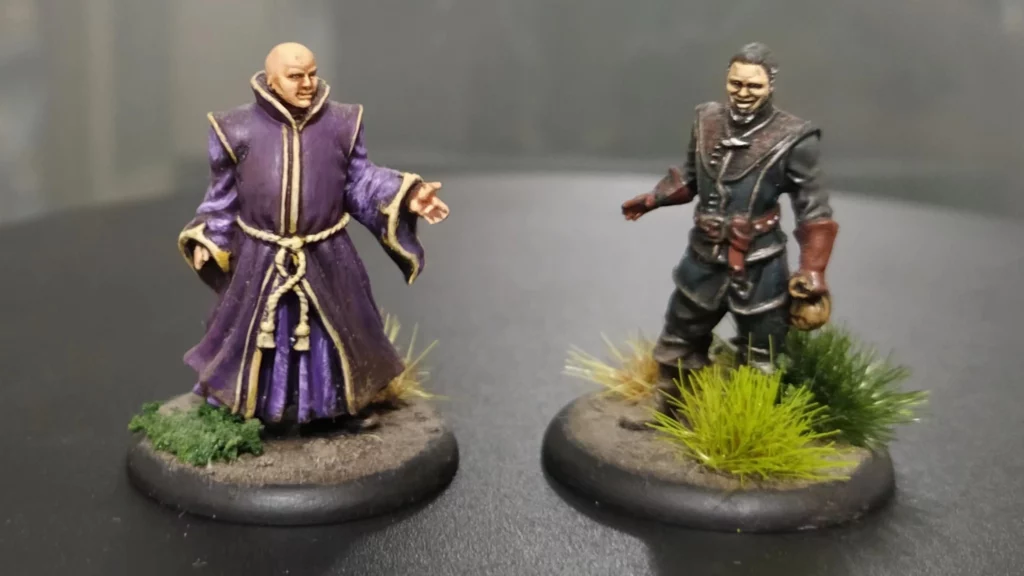
The role of the tactical board isn’t limited to unit interaction — it takes on special significance depending on the scenario being played.
Some game modes, such as A Game of Thrones or A Clash of Kings, heavily reward objective control, making healing, movement, or extra attack effects even more decisive.
In others, like Fire and Blood, targeted elimination becomes the priority, and the Board helps you maximize the impact of your key units while neutralizing enemy threats through the Crown or influence abilities.
Mastering the board therefore requires a sharp reading of context: each scenario emphasizes different actions. A zone that feels secondary in one game might become crucial in another. Some tactics cards also directly interact with specific board zones.
Knowing when to occupy a space to trigger a combo — or, conversely, when to deny your opponent a key sequence — makes all the difference. The attentive player adapts their use of the tactical board to the situation rather than following a fixed routine — because in Westeros, those who adapt, survive.
Army composition and tactical balance

Deciding how many NCUs to include in your army is a recurring dilemma. With only three available slots on the tactical board, fielding three NCUs ensures constant access to its effects — but comes at the cost of reduced firepower on the battlefield.
On the other hand, running only two frees up points for more combat units, but risks ceding political control to your opponent.
Look at most battle reports on YouTube and you’ll see a common trend: four combat units and three NCUs — or 4/3 in the language of Westeros.
The right balance depends on your faction, scenario, and personal playstyle. Factions like Lannister, Martell, or Night’s Watch benefit greatly from controlling the tactical board, while Greyjoys and Free Folk can often afford to invest less heavily in it.
In Season 6, army building now includes specific points for attachments and encourages players to balance field presence with Board influence.
The key is synergy: an NCU alone doesn’t win games, but combined with the right tactics card, it can trigger a spectacular comeback. The tactical board isn’t a secondary mechanic — it’s the battlefield of minds.

Find A Song of Ice and Fire players
Join your country’s ASOIAF Discord community and connect with players near you.
